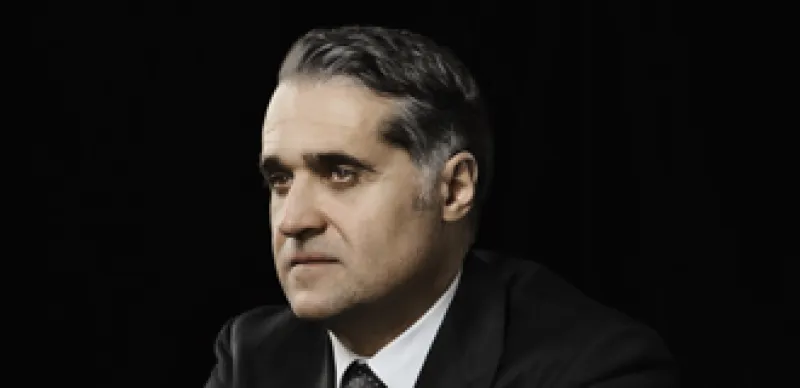Few markets are as hot as gold these days. And few deal makers are as hot as Egizio Bianchini.
As prices of the precious metal jumped nearly 30 percent last year, gold-mining-related deal volume hit a record $40 billion, a 90 percent jump over 2009, according to Dealogic. Bianchini, the Toronto-based co-head of BMO Capital Markets Corp.’s metals and mining group, won the biggest chunk of that business. BMO, an arm of Bank of Montreal, topped the sector’s M&A league table in 2010 by advising on $14.7 billion worth of deals, including the year’s largest transaction, Kinross Gold Corp.’s $7.1 billion purchase of Red Back Mining.
Bianchini, whose family moved to Toronto from rural Tuscany when he was six, knows the mining industry from the inside. He earned an undergraduate degree in geology from the University of Toronto in 1981, then picked up an MBA from the University of British Columbia four years later before going to work as a corporate development analyst at Echo Bay Mines in Edmonton, Alberta. As keeper of the gold miner’s production and financial models, Bianchini had plenty of contact with securities analysts. “I liked the idea of what they did, and they got paid six or seven times more than me,” he recalls. “So I decided, ‘I can do that job too.’ ”
Since switching to finance, the 51-year-old banker hasn’t wandered far afield. In 1989, Bianchini started work as a research analyst at the Toronto office of Nesbitt Thomson & Co., a brokerage that had been acquired by Bank of Montreal two years earlier, and has stayed put ever since. “I think I had the same phone number for 15 years,” says the ardent soccer fan, who seldom misses a televised game of his favorite team, ACF Fiorentina of Florence, Italy.
Over the past decade, Bianchini and his co-head, Jason Neal, have turned BMO into the world’s largest mining research group. Bianchini began the push with a 2002 presentation to senior management in which he urged the company to go global in anticipation of a rise in cross-border deals. “The beginnings of the trend that we are seeing right now were beginning to emerge,” he says. Today, BMO’s 48-member team has a presence in 26 cities and covers 160 metals, mining and fertilizer stocks. Almost 50 percent of the team’s business involves operations outside Canada and the U.S.
The firm’s global reach and perspective helped win the Kinross mandate. Bianchini first approached Toronto-based Kinross in 2007 and suggested that it make a bid for Red Back Mining, a Vancouver-based company that operates two early-stage mines in the West African countries of Ghana and Mauritania that are believed to have rich production potential. “You have to continue to increase your reserves and invest in properties that produce mines,” says Bianchini. “Any time you have an opportunity to buy an elite asset, you should take it.”
As the world’s fifth-largest gold producer, Kinross had the expertise and resources to ramp up production, but the company took time to do its own due diligence on Red Back’s properties. “Whenever you are making a $7 billion or $8 billion bet, you want to do it with the best information you can get,” Bianchini explains. Once Kinross executives grew confident in their estimates, they didn’t hesitate. The company announced terms of a friendly merger with Red Back last August and completed the deal in just six weeks.
Although some analysts have recently raised estimates of Red Back’s gold reserves to nearly 20 million ounces, compared with about 15 million at the time of the merger, a true assessment of the deal’s value is still some ways off. “It’s hard to estimate the value when you buy a development company,” says Bianchini. “You never know what you get until you have been able to delineate the property.”
The prospects for future deals remain bright in light of concerns about the value of the dollar and strong demand for gold in China and India, Bianchini believes. He aims to keep BMO in the middle of that activity, and of mining transactions generally. The bank plans to beef up its capital markets capabilities in Asia and Australia and to expand its coverage of coal producers, European metals and mining companies and Canadian mid- and microcap outfits. Pressed for details, Bianchini reveals little more. Silence is golden.






